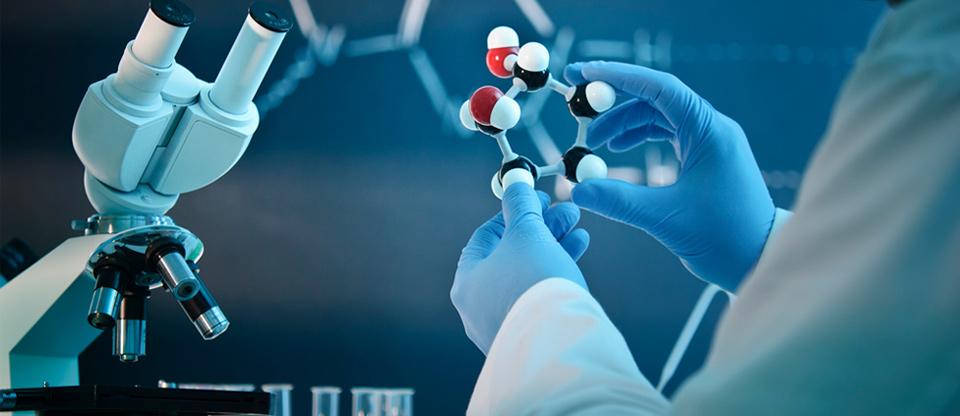



Nurses are the 24x7 front lines of patient care, and they are expected to handle a variety of other responsibilities in addition to ensuring that each individual receives the best possible nursing care. These healthcare professionals should not be burdened with the additional stress of locating required equipment and constantly worrying about patient safety while attempting to perform their jobs to the best of their abilities. Fortunately, technological advancements in nursing practice have improved how nurses perform their daily duties. Indeed, stronger links between nursing and technology allow nurses to spend less time on menial tasks and more time with patients. The implementation of these technologies by nursing leaders aids in increasing the efficiency of nurses in their units.
Medtech Singapore shares with readers how technology has helped in the change of nursing’s role.
On average, nurses spend 30 minutes of every shift looking for patient-care equipment such as IV units and EKG machines, which is a waste of their skills and time. In addition, nurses cite locating other staff members and even patients who wander away from their rooms as unimportant factors that take time away from their day. This time can be channelised into productive patient care. Real-Time Location Systems (RTLS) are one technology in nursing practice that helps to solve this problem by using small tags with transmitters that can be attached to people or machines, allowing for easy online tracking. Because nurses can quickly locate where something or someone is within a facility when using this medical technology, healthcare facilities can reduce the amount of equipment required. The majority of organisations that have implemented RLTS saw operational efficiency gains. This demonstrates how effectively combining nursing and technology can improve outcomes for patients and the overall healthcare system.
More than half of a nurse's time is spent on tasks that have nothing to do with patient care, such as managing and looking for supplies or equipment, filling out reports, managing patient check-ins or discharges, and communicating with team members. This is not an efficient use of a highly trained healthcare provider's skills or time. However, delivery robots are now available in nursing practice to handle many of these menial tasks. These robots can be programmed to retrieve medication from the pharmacy, package drugs, deliver clean linens to patient rooms, deliver meals, transport specimens to the lab, and perform other tasks that take nurses away from their patients.
Every year, tens of thousands of injuries and deaths are caused by a failure to rescue patients and prevent patient falls. This is a serious health risk, but as insurance companies continue to reduce healthcare coverage to save money, hospitals are frequently forced to absorb these costs, putting additional strain on already limited financial resources. A patient falling typically costs a hospital more and lengthens a patient's stay by about six days. To mitigate these risks, healthcare facilities can implement wireless patient monitoring, a new technology in nursing practice that includes the use of sensors placed inside a patient's mattress. When fall-risk patients leave their beds, these sensors detect and alert nurses, allowing the nursing staff to intervene and prevent injuries. The ability to respond quickly to a fallen individual can reduce the risk of hospitalisation by 26% and death by more than 80%.
Even the most vigilant nurses make mistakes, and errors involving patients' medications can be fatal, not to mention expensive. Each year tens and thousands of patients die due to adverse drug events. Electronic medication administration has become commonplace to help reduce these incidents. The system employs software that embeds medication information into barcodes, allowing nurses to be more informed, administer the correct medication, and help prevent these potentially fatal errors. The use of this technology in nursing has the potential to save lives as well as millions of dollars in costly errors each year.
As innovations reshape health care, the impact of technology in nursing will grow. Check out Medtech News Singapore to learn more about the innovative technologies revolutionising the healthcare field and to assist in bringing them into your own organisation. Follow us to keep track of the latest MedTech trends, Medtech events, medical device events and more in your region.